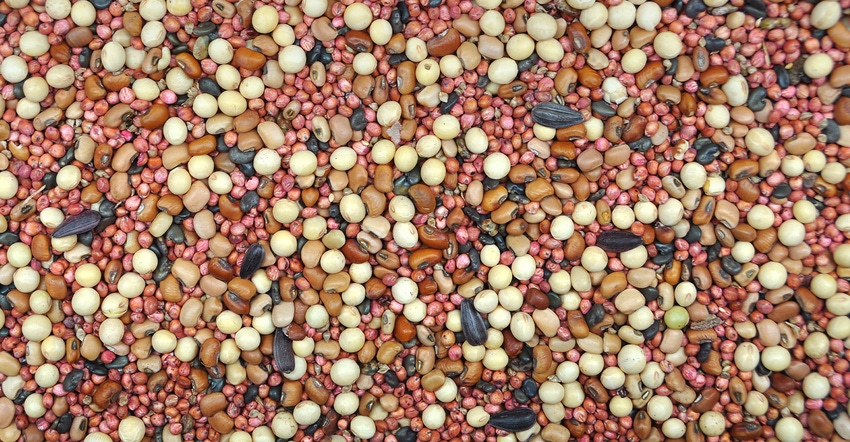May 20, 2019

By Hans Kandel
Establishing a cover crop on prevented planting acres may be a good idea this year.
A cover crop can use some of the excess moisture, build organic matter, suppress weeds, increase soil microorganisms, reduce water and wind erosion, and improve soil quality and tilth.
Studies show it is better to have green vegetation growing on fields compared to leaving bare soil. Utilizing cover crops may result in higher yield potential for the subsequent main crops.
Selecting a cover crop or mix of species depends greatly on the main objective. If nitrogen fixation is the main reason for growing a cover crop, then a legume (cowpea, dry bean, peas, lentil, clover and vetch are examples) should be used. The seed cost of legumes tends to be a little higher than non-legume small grain cover crops.
In areas of the field where the top soil salt concentration is relatively high, consider crops with more tolerance to salinity. For example, barley is salt tolerant compared to some of the legume crops. Salt-tolerant alfalfa or grass species are options where salt is an issue. However, if salt concentrations are too high, even so-called salt-tolerant crops may not germinate and establish.
If fertilizer for the main crop was already applied, a brassica, grass (small grain), or brassica and grass mix can be utilized. These crops can scavenge residual N or pre-plant applied nutrients from the soil. When these scavenger cover crops are incorporated into the soil at the end of the season, part of the nutrients in the plants will become available for the subsequent main crop.
Cover crop selection and management should focus on maximizing both the above and belowground biomass, as well as encourage nutrient cycling. Selection of a cover crop can include a “cocktail mixture” of various crop species and may include, but is not limited to, turnips, radishes, sugarbeets, sunflower, legumes, small grains, sorghum or other grains.
One of the challenges of midsummer seeding is the need for sufficient soil moisture, or timeliness of rainfall after seeding, for germination of the cover crop. Using a drilling seeding method will provide better seed to soil contact than broadcast seeding followed by a harrowing.
Kandel is a North Dakota State University Extension agronomist.
You May Also Like




